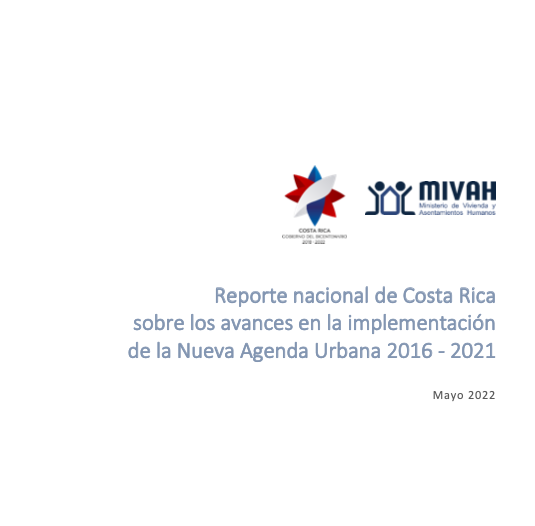National Report 2016-2021
Costa Rica has a total population of approx. 5 million inhabitants. Its social security has reached health levels comparable to those of developed countries: In 2019, the country ranked 68th in the Human Development Index.
As a result of the economic and social effects of COVID-19, these poverty and unemployment rates deteriorated. The 2020 National Household Survey indicated that poverty stood at 26.2% and extreme poverty at 7%. These indicators have gradually recovered and it is expected that in 2022 they will reach pre-pandemic levels. But both poverty and the unemployment rate continue to affecting women more than men and in the same way, it is greater in rural than urban areas.
In 2015, the Costa Rican government established the Bridge to Development Strategy (EPD), as a mechanism to reduce poverty and create opportunities for vulnerable populations. In 2019, the EPD went from being concentrated in 75 priority districts defined since its creation, to extending to families in extreme poverty and poverty throughout the country. Since 2015, more than 113,000 families, 80% headed by women, have been part of a comprehensive process of social development,. Neighborhood improvement projects through the mechanism known as "communal bond", executed by the Housing Mortgage Bank in various communities of the country.
It can be observed that, in Costa Rica, inequality in the distribution and concentration of wealth is greater in urban areas and less in rural areas. Similarly, there are significant gaps in operational, financial, and management capacities between municipalities in urban and rural areas.
Although municipalities in general do not have budgets for the care of informal settlements, most of the local governments publish their plans and projects on their web pages; and maintain active and democratic consultation mechanisms with their inhabitants.
As far as housing is concerned, the general outlook prior to the pandemic was positive, given that the deficit in Costa Rica continues to be one of the lowest in Latin America and the Caribbean. In 2021 the Housing Deficit was 168,895 units, or 11% of all households. The number of square meters of construction processed in housing for the period showed a decrease, between the years 2016 and 2018, of 26%, in which the category of apartments was the one that decreased the most (39%), compared to with houses (20%).
The Costa Rican State, through the National Housing Finance System (SFNV), has made it easier for a large part of the low-income population to gain access to housing, through the granting of the Family Housing Bonus.
In the year 2020, a reform of family law, annulling the absolute prohibition that weighed to contract marriage by same-sex couples, equalizes civil rights of same-sex couples. This leads to having access to profit rights; housing credit rights; succession rights, among others.
Regarding climate change and sustainable resource management, Costa Rica launched its National Decarbonization Plan in 2019, whose long-term goal is to have zero net emissions by 2050. This includes, 100% of new buildings are designed and built adopting low emission and resilience systems and technologies and by 2050, 50% of commercial, residential and institutional buildings operate with low emission standards.




